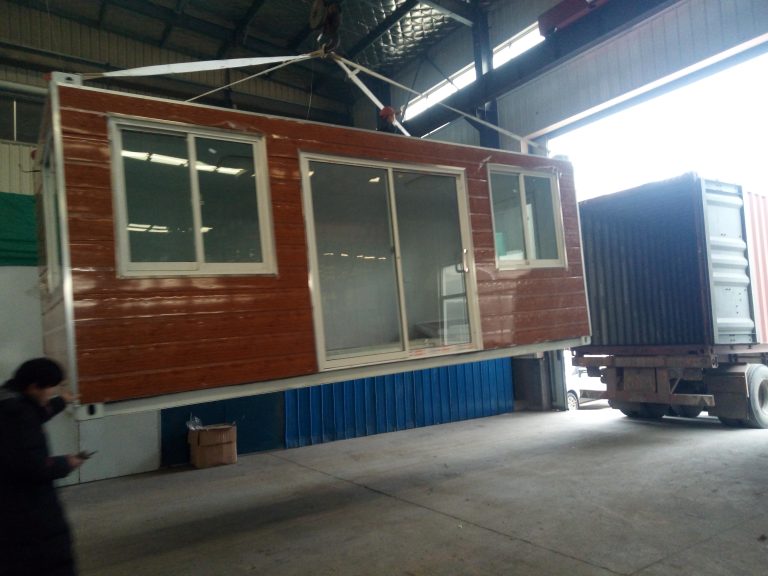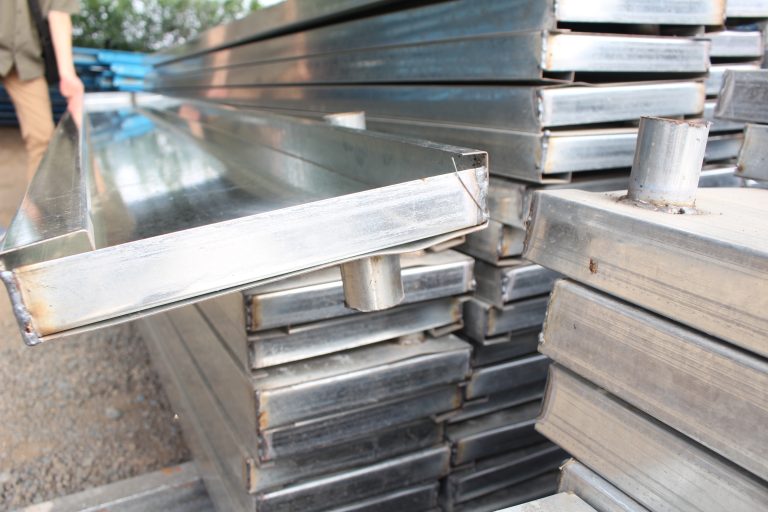Steel wind farms: efficient sites for wind energy conversion.
Table of Contents
Advantages of Steel Wind Turbines in Wind Farm Efficiency
Steel wind turbines have become a popular choice for wind energy conversion in recent years due to their numerous advantages. These turbines are known for their durability, efficiency, and cost-effectiveness, making them an ideal choice for wind farms. In this article, we will explore the advantages of using steel wind turbines in wind farm efficiency.
One of the key advantages of steel wind turbines is their durability. Steel is a strong and resilient material that can withstand harsh weather conditions, such as high winds and extreme temperatures. This durability ensures that steel wind turbines have a long lifespan, reducing the need for frequent maintenance and replacement. As a result, wind farms that use steel turbines can operate more efficiently and cost-effectively over time.
In addition to their durability, steel wind turbines are also highly efficient at converting wind energy into electricity. The design of steel turbines allows them to capture more wind energy and convert it into electricity with minimal loss. This efficiency means that steel wind turbines can generate more electricity per unit of wind compared to other types of turbines, making them a more sustainable and environmentally friendly option for wind energy conversion.
Furthermore, steel wind turbines are cost-effective to install and maintain. Steel is a readily available and affordable material, making it a cost-effective choice for wind turbine construction. Additionally, the durability of steel turbines means that they require less maintenance and repair over time, reducing operational costs for wind farm owners. This cost-effectiveness makes steel wind turbines a practical choice for both large-scale and small-scale wind energy projects.
Another advantage of steel wind turbines is their versatility. Steel turbines can be designed and built in a variety of sizes and configurations to suit different wind farm locations and energy needs. This versatility allows wind farm developers to optimize the performance of their turbines based on factors such as wind speed, terrain, and energy demand. By choosing steel turbines, wind farm operators can maximize the efficiency and output of their wind energy systems.
In conclusion, steel wind turbines offer numerous advantages for wind farm efficiency. Their durability, efficiency, cost-effectiveness, and versatility make them an ideal choice for converting wind energy into electricity. By using steel turbines, wind farm operators can maximize the performance and output of their wind energy systems while minimizing maintenance and operational costs. As the demand for renewable energy continues to grow, steel wind turbines will play a crucial role in meeting this demand and transitioning towards a more sustainable energy future.
The Future of Steel Wind Farms in Renewable Energy Production
Steel wind farms have emerged as efficient sites for wind energy conversion, playing a crucial role in the transition towards renewable energy production. With advancements in technology and engineering, steel wind farms have become a popular choice for harnessing wind power due to their durability, reliability, and cost-effectiveness.
One of the key advantages of steel wind farms is their ability to withstand harsh weather conditions. Steel is a strong and durable material that can withstand high winds, extreme temperatures, and corrosive environments. This makes steel wind farms ideal for locations with challenging weather patterns, such as coastal areas or mountainous regions. By using steel structures, wind farms can operate efficiently and reliably, providing a consistent source of clean energy.
In addition to their durability, steel wind farms are also cost-effective to build and maintain. Steel is a readily available material that is easy to manufacture and transport, making it a cost-effective option for constructing wind turbines. Furthermore, steel structures require minimal maintenance and have a long lifespan, reducing the overall operating costs of wind farms. This makes steel wind farms a sustainable and economical choice for renewable energy production.
Moreover, steel wind farms have a smaller environmental footprint compared to traditional energy sources. By harnessing wind power, steel wind farms reduce the reliance on fossil fuels and decrease greenhouse gas emissions. This helps to combat climate change and promote a cleaner and healthier environment for future generations. Additionally, steel wind farms have a low impact on the surrounding ecosystem, allowing for the coexistence of wildlife and renewable energy production.

As the demand for clean energy continues to grow, steel wind farms are expected to play a significant role in meeting this demand. With advancements in technology, steel wind farms are becoming more efficient and productive, generating higher levels of electricity at lower costs. This makes steel wind farms a competitive alternative to traditional energy sources, such as coal or natural gas.
Furthermore, steel wind farms have the potential to create jobs and stimulate economic growth in local communities. The construction and operation of steel wind farms require a skilled workforce, providing employment opportunities for engineers, technicians, and maintenance workers. Additionally, steel wind farms can generate revenue for landowners through lease agreements and tax incentives, benefiting the local economy.
In conclusion, steel wind farms are efficient sites for wind energy conversion, offering a sustainable and cost-effective solution for renewable energy production. With their durability, reliability, and environmental benefits, steel wind farms are poised to play a crucial role in the transition towards a cleaner and more sustainable energy future. By harnessing the power of wind, steel wind farms are helping to reduce our reliance on fossil fuels and combat climate change, paving the way for a greener and more sustainable world.







